Nerve fibers are structures in the nervous system that arise as thin, elongated appendages from the cell body of the nerve cells. They act as a kind of power line by transmitting electrical impulses and enabling networking between neurons. In this way, information can be processed in the nervous system and commands can be sent to the recipient organs. Diseases of the nerves therefore lead to impairments in perception, motor skills and the functionality of the organs.
What are nerve fibers?
A Nerve fiber is an elongated protuberance (axon, neurite) of a nerve cell, which is surrounded by a shell structure (axolemm). Through the depolarization of your cell membrane, which is brought about by the upstream action hill, signals in the form of action potentials are directed away from the cell body and directed to the synapses.
It therefore has a special role in the transmission of information within the organism. Based on the type of axolemma, as well as other properties, nerve fibers can be divided into different categories. If a neurite is surrounded by a myelin sheath, it is a medullary nerve fiber.
In the central nervous system this is formed by oligodendrocytes, in the peripheral nervous system by Schwann cells. Markless fibers are only enveloped by the cytoplasm of the Schwann cells. The direction of the conduction of excitation also distinguishes the nerve fibers. In relation to the nervous system, afferent axons transmit impulses from the sense organs to the central nervous system. Efferent nerve fibers conduct excitations to the recipients in the periphery.
Anatomy & structure
Due to the different functionality and anatomy of certain sections, the nerve fiber can be divided into three areas: the praxon, the axon and the telodendron.
The praxon is the approximately 25 micrometer long base of an axon, which connects directly to the cell body of the neuron and is connected to the action hill. It is made up of a specialized complex of proteins and is never myelinated. In addition, the initial segment has a particularly high density of voltage-dependent sodium channels.
The praxon is followed by the main course of the axon, which, depending on the species, location and function, can be wrapped in several layers of myelin. This lipid-rich and electrically insulating biomembrane is formed by glial cells (oligodendrocytes or Schwann cells). Ranvier's laced rings appear in regular sections - places where the myelin sheath is missing and forms the basis for the saltatory conduction of excitation.
The end of the axon branches like a tree to the telodendria that precede the synapses. In this way, a nerve cell can establish a connection to several other neurons or effectors.
Function & tasks
The main task of the nerve fibers is to pass on action potentials from the soma in the peripheral direction and to trigger the release of chemical messengers (neurotransmitters) in the synapses. This is the only way to transfer information from cell to cell or target organ.
The conduction of excitation begins in the action hill of the cell body, where the basis for the action potentials is created. The excitation threshold in the following praxon is particularly low, so that an action potential can easily be formed here. The resulting depolarization of the axon membrane opens the voltage-dependent sodium channels and a depolarization wave runs over the entire nerve fiber.
For physical reasons, the myelination of the axon allows particularly rapid conduction over longer sections without significant weakening. Due to the separation of the envelope layers by the Schwann cells, the action potential can jump from one gap to the next. This form of the conduction of excitation is significantly faster than the continuous conduction in the case of non-medullary nerve fibers, requires less energy and allows thinner axons.
In addition to the transmission of electrical voltages, the nerve fiber is also responsible for the transport of substances. Since almost the entire synthesis of a nerve cell takes place in the cell body, various substances have to be brought in to maintain the functions in the axon.
The transport directed from the cell body to the peripheral end of the axon affects proteins that are only transported in one direction and very slowly. The axonal transport of substances, which takes place in both directions, takes place through vesicles along the microtubules and proceeds rapidly.
You can find your medication here
➔ Medicines for paresthesia and circulatory disordersIllnesses & complaints
One of the most common neurological impairments in young people is caused by multiple sclerosis. It is a chronic inflammatory disease in which the myelin sheaths of the neurites in the central nervous system are attacked and destroyed. This has a negative effect on the conduction of excitation and, among other things, results in sensory disturbances or paralysis.
Together with Baló's disease, acute disseminated encephalomyelitis (ADEM) or neuromyelitis optica (Devic's syndrome), as well as some other diseases, multiple sclerosis is one of the demyelinating diseases (demyelinating diseases).
Symptoms also occur in the case of a severing of the nerve fiber (axotomy) as a result of a traumatic incident. Since ribosomes or a rough endoplasmic reticulum are only exceptionally present in the cytoplasm of the neurite, the maintenance and function of the axon must be taken over by protein synthesis in the cell body.
If the nerve fiber is separated from the soma, the neurite cannot be supplied and it dies. If there is severe trauma, adjacent neurons can also degenerate. With regard to the location of the nerve cells affected in the vicinity, a distinction must be made between anterograde and retrograde transneural degeneration.
In addition to mechanically induced damage, neurodegenerative diseases such as Alzheimer's and Parkinson's, or axon-degenerative polyneuropathies are also involved in the decay of axons.

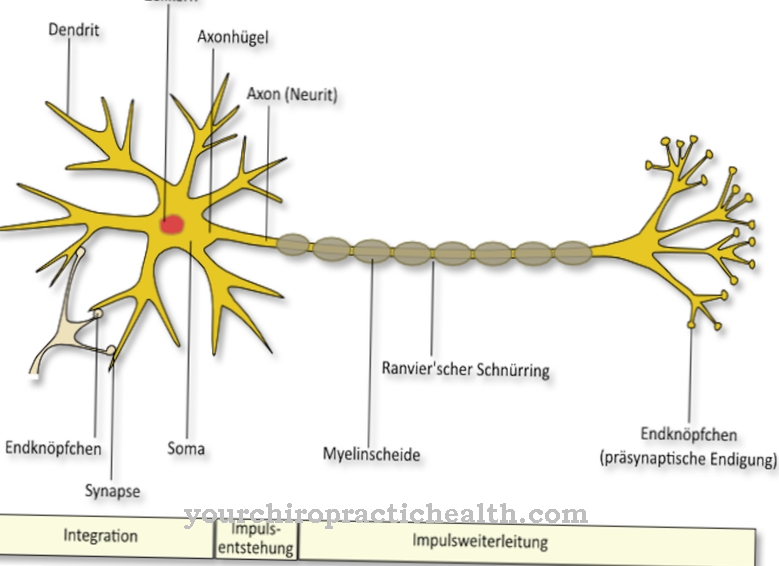

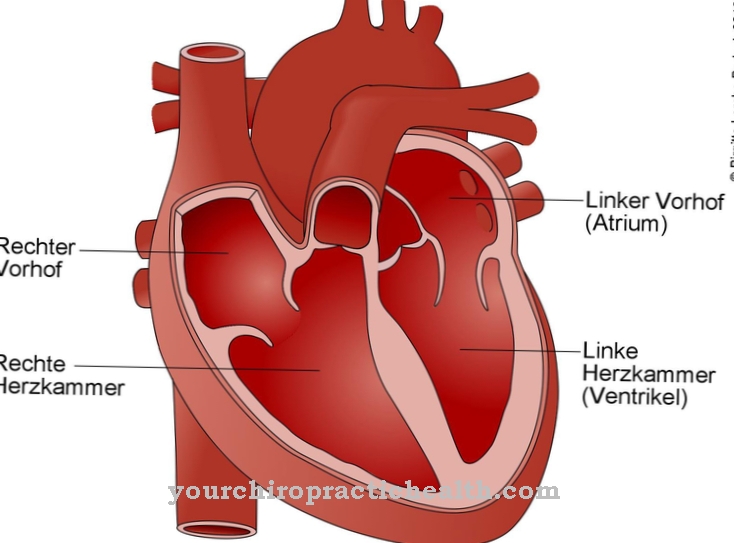
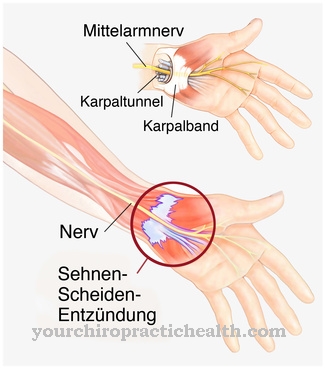
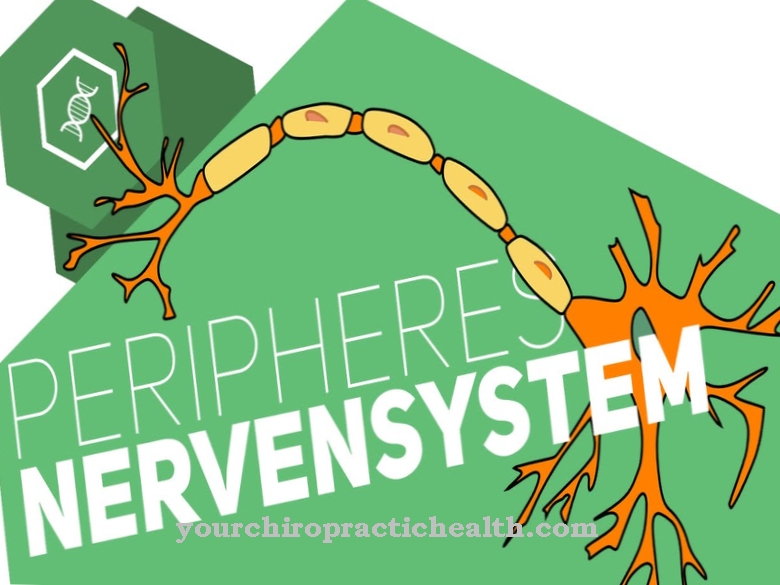
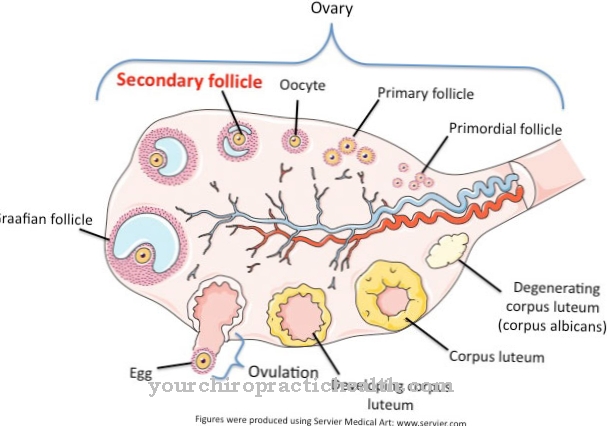






.jpg)

.jpg)
.jpg)











.jpg)